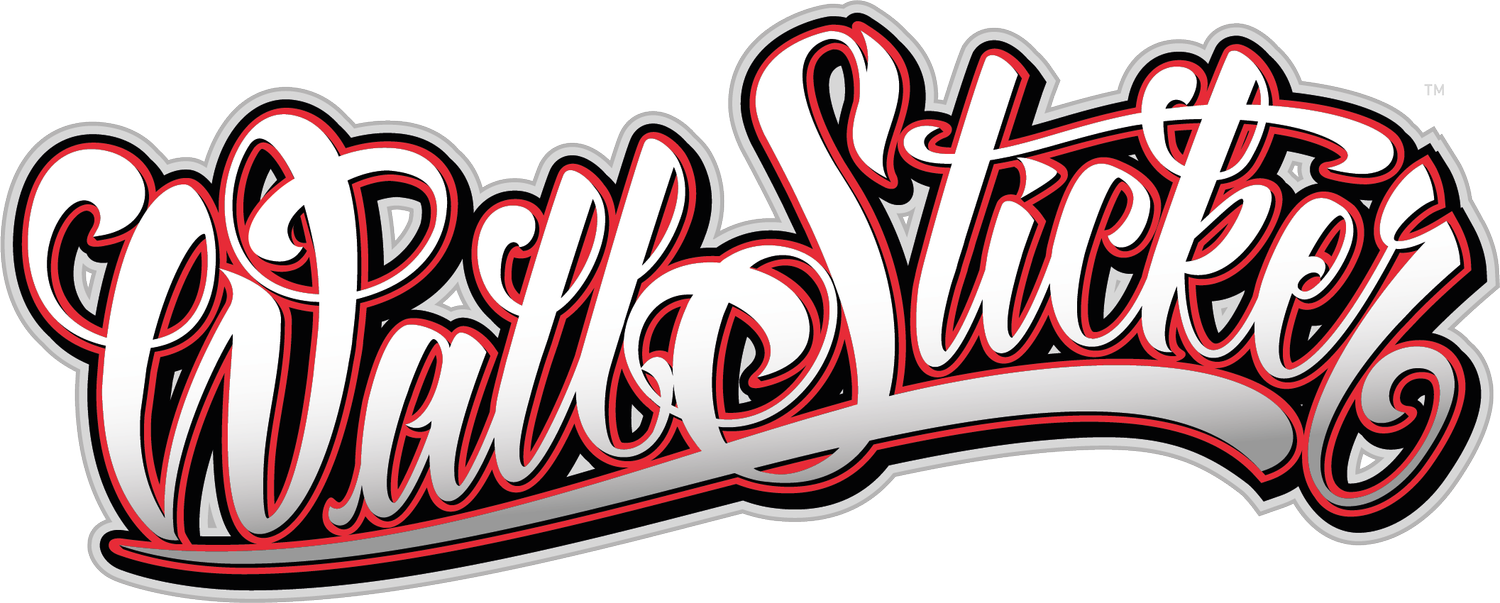Best Materials for Outdoor Signage in Cold Weather Such as Boston & New York City.
If you're planning outdoor signage for your business in cities like Boston or New York, you're likely aware of the challenges that come with harsh winters—freezing temperatures, snow, ice, and constant temperature fluctuations. Choosing the right signage materials is critical for ensuring your sign performs year-round without fading, cracking, or peeling.
In this post, we’ll walk you through the best materials for outdoor signage in cold climates, helping you make a durable, long-lasting investment that can handle everything a Northeast winter throws at it.
1. Aluminum: Weather-Resistant and Rustproof
Aluminum is one of the top choices for outdoor signage in cold weather.
Why it works:
Rust-resistant even in snow, sleet, or salty coastal air
Lightweight yet durable enough to hold up against strong winds
Works well with printed vinyl overlays or direct UV printing
✅ Best for: Real estate signs, parking signs, building directories, and long-term mounted signage.
2. High-Performance Vinyl (3M or Avery Dennison)
If you're applying graphics to windows, vehicles, or metal panels, choose cast vinyl films from trusted brands like 3M or Avery Dennison.
Why it works:
Flexible and engineered to withstand extreme temperatures
Less prone to cracking or shrinking in freezing conditions
Long-term adhesive options stay secure through freeze-thaw cycles
✅ Best for: Vinyl window decals, vehicle wraps, wall murals, and cut-letter graphics.
3. Dibond (Aluminum Composite Material)
Dibond combines two thin aluminum sheets with a solid plastic core, making it stronger than regular aluminum and resistant to warping.
Why it works:
Handles moisture and temperature changes without bending
Lightweight and easy to mount
Long-lasting with a professional finish
✅ Best for: Storefront signage, building identification signs, directional signs.
4. Acrylic (For Protected or Covered Installs)
Acrylic offers a high-end glass-like look with much better durability. It can be used in cold climates but should be installed in protected or partially covered environments to avoid cracking under stress.
Why it works:
Clean, modern finish with high color clarity
Available in various thicknesses and finishes
Best when mounted indoors or under awnings
✅ Best for: Interior-facing signs, display windows, or partially covered outdoor installations.
5. PVC (Only for Temporary Use in Cold)
PVC (like Sintra board) is affordable and easy to work with, but it's not ideal for long-term outdoor use in cold climates, as it can become brittle and warp.
Why it works (short-term):
Budget-friendly and lightweight
Suitable for temporary signage or seasonal events
⚠️ Best for: Short-term pop-up signage during winter promotions or construction detours.
6. Laminates and Protective Coatings
No matter what base material you choose, lamination or UV coatings are essential in cold-weather climates. They protect your graphics and surfaces from:
Road salt
Snow buildup
Moisture and ice
UV fading on sunny winter days
Ask your signage provider to recommend cold-weather-rated overlaminates for added durability.
Final Thoughts
In cities like Boston and New York, your signage needs to work just as hard in January as it does in July. That means choosing materials built to survive snowstorms, fluctuating temps, and freezing wind chills—without sacrificing design quality or visibility.
At Wallsticker, we specialize in selecting the right materials for harsh climates and managing full-service signage projects from design to installation. Whether it’s a storefront sign, a vinyl wrap, or a full-scale rebrand, we’ll make sure your signage lasts all year long.
Need help choosing the right materials for your location?
Contact us for a free consultation or material sample review.

